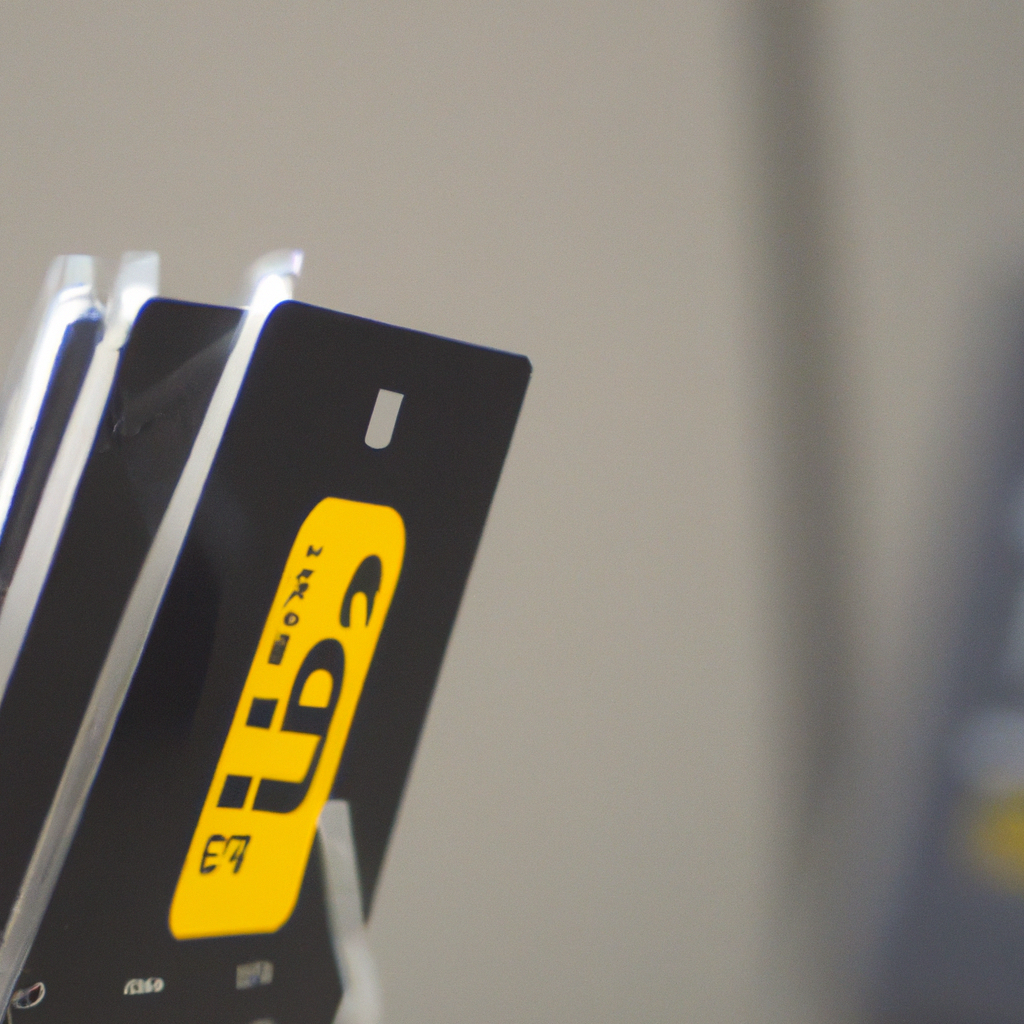Magnetic stripe cards are everywhere in our daily lives, from credit and debit cards to ID cards and access cards. But have you ever wondered how they work? In this article, we will delve into the world of magnetic stripe technology and explain how a magnetic stripe card works.
What is a Magnetic Stripe Card?
A magnetic stripe card is a type of card that stores data on a magnetic stripe located on the back of the card. The stripe is made up of tiny magnetic particles that can be magnetized in either a north or south direction. These particles are arranged in a specific pattern that represents the data stored on the card.
How does Magnetic Stripe Technology Work?
The magnetic stripe on a card contains three tracks, each of which can store different amounts and types of data. The first track is typically used for cardholder information, such as the name and account number. The second track is used for additional data, such as the card’s expiration date. The third track is usually reserved for security information, such as a PIN or CVV code.
When a magnetic stripe card is swiped through a card reader, the reader detects the magnetic field generated by the particles on the stripe and converts it into an electrical signal. This signal is then sent to the card reader’s decoding circuit, which interprets the data and sends it to the computer or system that is processing the transaction.
Stripe Encoding
Before a magnetic stripe card can be used, the data must be encoded onto the stripe. This is done using a special machine that writes the data onto the stripe in a specific pattern. The pattern is created by magnetizing the particles on the stripe in a specific sequence that represents the data being stored.
Card Security
Magnetic stripe cards are susceptible to fraud and counterfeiting because the data on the stripe can be easily read and duplicated. To combat this, additional security measures have been implemented, such as EMV chip cards and contactless payments. These technologies use encryption and other security features to protect the data stored on the card.
Stripe Reader
To read the data on a magnetic stripe card, a stripe reader is required. The reader uses a magnetic field to detect the magnetic particles on the stripe and convert them into an electrical signal. This signal is then sent to the decoding circuit, which interprets the data and sends it to the computer or system that is processing the transaction.
Stripe Decoding
Once the data has been read by the stripe reader, it must be decoded in order to be processed. The decoding circuit on the reader uses algorithms to interpret the data and convert it into a format that can be understood by the computer or system that is processing the transaction.
Card Data Storage
Magnetic stripe cards have a limited amount of data storage capacity. This means that the amount of data that can be stored on the card is limited by the size of the stripe and the number of tracks available. To store additional data, other technologies such as RFID or NFC may be used.
Conclusion
In conclusion, magnetic stripe cards are a ubiquitous technology that we use every day. They work by storing data on a magnetic stripe located on the back of the card, which is then read by a stripe reader and decoded by a decoding circuit. While these cards are susceptible to fraud and counterfeiting, additional security measures have been implemented to protect the data stored on the card. As technology continues to evolve, it will be interesting to see what new innovations will be developed to replace or improve upon magnetic stripe technology.







